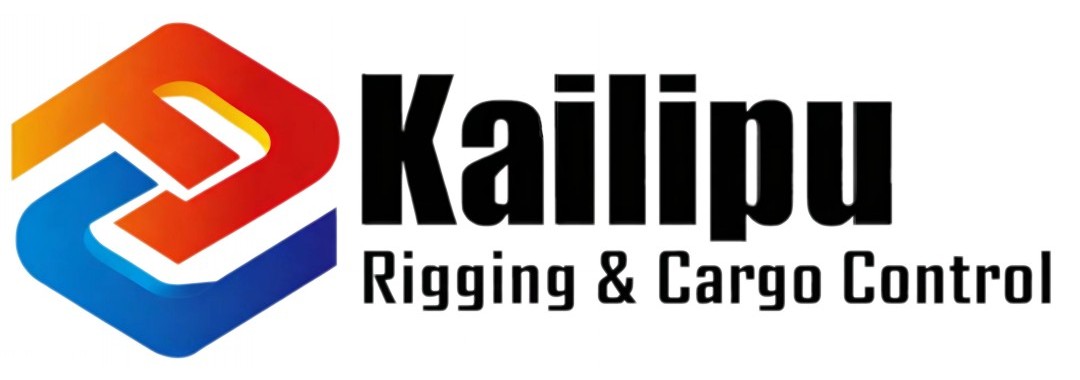Anchor Chains: Backbone of Marine Engineering
Anchor chains are an essential component in marine engineering, providing the crucial link between a vessel and its anchor. They ensure the stability and security of ships at sea or in port. This blog explores the different types of anchor chains, their construction, and their applications in marine engineering.
Types of Anchor Chains
1. Stud-Link Chains
Stud-link chains are the most common type used in marine applications. They feature a central stud that prevents the links from collapsing under heavy loads, providing increased strength and durability.
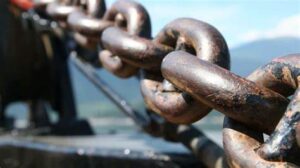
2. Studless Chains
Studless chains, as the name suggests, do not have a central stud. They are lighter and more flexible, making them suitable for smaller vessels or applications where weight is a concern.
3. Buoy Chains
Buoy chains are designed to anchor buoys rather than vessels. They are typically shorter and lighter but still strong enough to withstand marine conditions.
Construction of Anchor Chains
Materials
Anchor chains are usually made from high-grade steel, which provides the necessary strength and corrosion resistance required for marine environments. Some chains may be galvanized or coated to further enhance their durability.
Design
The design of anchor chains involves precise engineering to ensure each link can handle the immense stresses encountered during anchoring. Stud-link chains, for example, have links with central studs to prevent deformation under load.
Manufacturing Process
The manufacturing process involves cutting steel rods to the required length, forming them into links, welding the ends, and heat-treating the entire chain to enhance its strength and toughness.
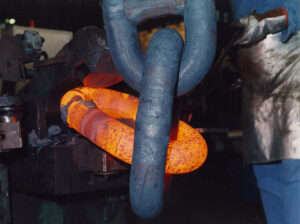
Applications of Anchor Chains
1. Anchoring Vessels
The primary application of anchor chains is to secure vessels in place. The chain’s weight and length provide the necessary catenary curve to absorb the forces exerted by waves, tides, and wind, ensuring the anchor stays buried and the vessel remains stationary.
2. Mooring Systems
In mooring systems, anchor chains are used to connect the mooring buoy to the seabed. This setup is common in offshore drilling rigs, floating production systems, and other permanent or semi-permanent marine installations.
3. Offshore Platforms
Anchor chains play a critical role in securing offshore platforms, including oil rigs and wind turbines, ensuring their stability in rough seas.
4. Salvage Operations
In salvage operations, anchor chains are used to stabilize and secure sunken or stranded vessels during the recovery process.
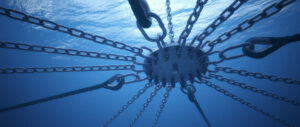
Anchor Chain Accessories
Anchor chains are often used with various hardware accessories that enhance their functionality and ensure secure connections. These accessories are crucial for the effectiveness and safety of anchoring systems.
1. Shackles
Shackles are U-shaped metal pieces secured with a pin or bolt across the opening. They are used to connect the anchor chain to the anchor, the anchor chain to the boat, or to other rigging components. Common types include bow shackles and D-shackles.
2. Swivels
Swivels are used to prevent the anchor chain from twisting, which can occur due to the movement of the vessel. They allow for free rotation between the anchor and the chain, enhancing the ease of handling and deployment.
3. Chain Stoppers
Chain stoppers are devices used to hold the anchor chain in place, relieving tension from the windlass and preventing the chain from running out unexpectedly. They are crucial for ensuring the anchor remains secure when not in use.
4. Chain Hooks
Chain hooks are used to grab and hold the anchor chain. They are often used in combination with chain stoppers to secure the chain without putting strain on the windlass.
5. Cleats
Cleats are T-shaped fittings on the deck of a vessel used to secure ropes and anchor chains. They provide a quick and secure way to tie off the chain once the anchor is set.
6. Windlasses
Windlasses are mechanical devices used to control the anchor chain when raising or lowering the anchor. They come in manual and powered versions and are essential for handling the heavy loads of anchor chains.
7. Chain Pipes (Hawse Pipes)
Chain pipes, also known as hawse pipes, guide the anchor chain from the deck into the anchor locker. They protect the chain from abrasion and keep the deck area clear.
8. Chain Stoppers/Clutch Devices
These devices are used to lock the chain in place and are typically installed near the windlass. They allow the crew to relieve tension from the windlass when the anchor is set or stowed.
9. Anchor Chain Markers
Markers are used to indicate the length of the chain deployed. They are often color-coded or have tags to help crew members measure the amount of chain released, ensuring proper anchoring.
10. Chain Locks
Chain locks secure the anchor chain when the vessel is underway, preventing accidental deployment of the anchor. They are a safety measure to ensure the anchor remains firmly in place.
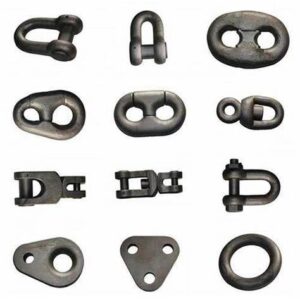
Maintenance and Inspection
Regular Inspections
Regular inspections are crucial to ensure the integrity of anchor chains. Inspectors look for signs of wear, corrosion, deformation, and other damages that could compromise the chain’s performance.
Cleaning and Lubrication
Proper cleaning and lubrication help prevent corrosion and reduce friction between the links, extending the chain’s lifespan.
Replacement of Damaged Links
Timely replacement of damaged links is essential to maintain the chain’s strength and reliability. This involves removing the compromised links and welding in new ones.
Reliable Anchor Chains Supplier in China
Anchor chains are the backbone of marine engineering, providing the essential connection between vessels and their anchors. Their strength, design, and reliability are critical for the safe and efficient operation of ships and marine installations. By understanding the different types of anchor chains, their construction, and applications, we can better appreciate their role in maintaining maritime safety and stability.
Kailipu is a leading supplier and exporter of lifting and rigging equipment in China. We offer a complete range of high-quality slings for marine work. If you’re looking for a great marine chains and accessories supplier, let Kailipu be your first choice. Browse our website or contact our team at [email protected], Kailipu will work with you to make better rigging and lifting products.
